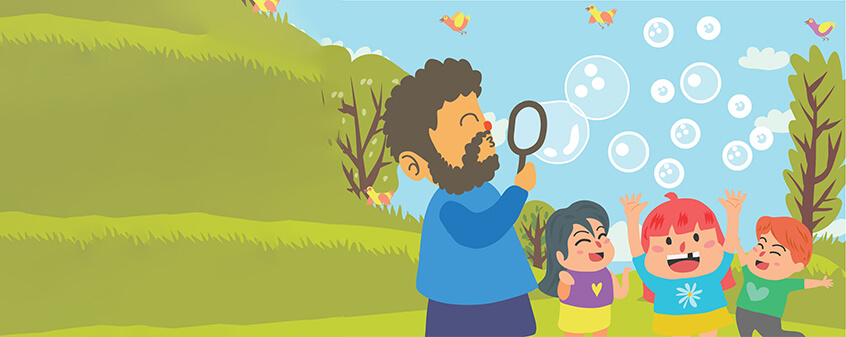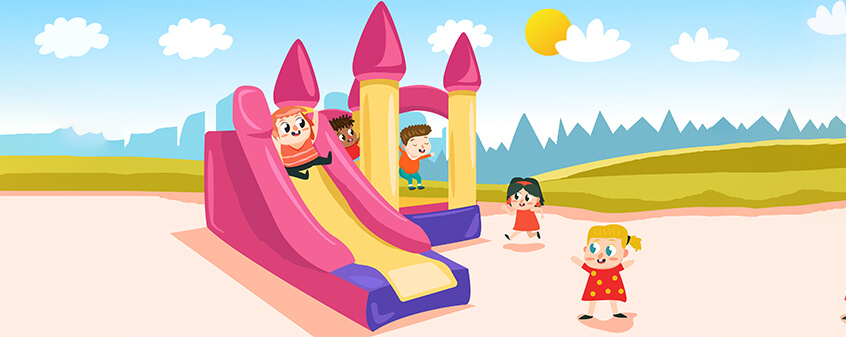Keeping both left and right brain connected
Simple activities can ensure all round development of both the left and right brain.
The sense of sight: Children love to see bright colours. Keep their toys within their line of vision. This will motivate them to try to pick them up. When they are toddlers, point out to colourful objects so that they can follow your finger and look at the object. Hang pictures of family members so that they begin to identify them even if they do not see them on a daily basis. Take them out to the park or the garden. Give them as much visual input as possible.
The sense of sound: Sing to them. Talk to them. Play good music. Hang wind chimes so that the breeze brings with it soothing sounds into the house. Read aloud books. Children as young as 4 or 5 months love to be read to.
The sense of taste: This sense develops when the child is in the womb. It depends a lot on what the mother eats during her pregnancy. The first thing a child should taste, however, is mother’s milk. Introduce new tastes one at a time. Avoid confusing the child by introducing too many tastes at the same time. Research shows that children can’t taste salt till they are 4 months old.
The sense of smell: Children are very perceptive with this one. A newborn identifies the mother by her smell. That is why most children stop crying when they are handled by the mother. The child identifies with the smell of the mother, something he has carried with him from the womb. This smell is what gives him a level of comfort. As they begin to breastfeed they identify with the smell of milk too. The sense of smell, in later years, can be heightened by introducing kids to various smells, fragrant or otherwise. Get your child to register the smell of fresh flowers, the fragrance of the wet mud on the first day of the rains, the pungent smell of onions, the spices in curries, etc.
The sense of touch: This is a very important sensory input. Children feel comforted when they are touched by the ones who love them. Children can feel the emotion of the person carrying them. Give them toys of different kinds, fabrics of different textures to feel and play. The right and left hemispheres of a child need to be trained to cross relate to each other. Each and every activity that you encourage with sensory inputs will add to the cross linking. Children who do not have adequate exposure to sensory motor integration usually have psychomotor disadvantages later on in life. Children may turn out to be over or under sensitive, hyperactive or underactive or in a state of constant or no motion. The simple fun activities that I have enumerated earlier will help you keep the senses of your child open to stimulation.








